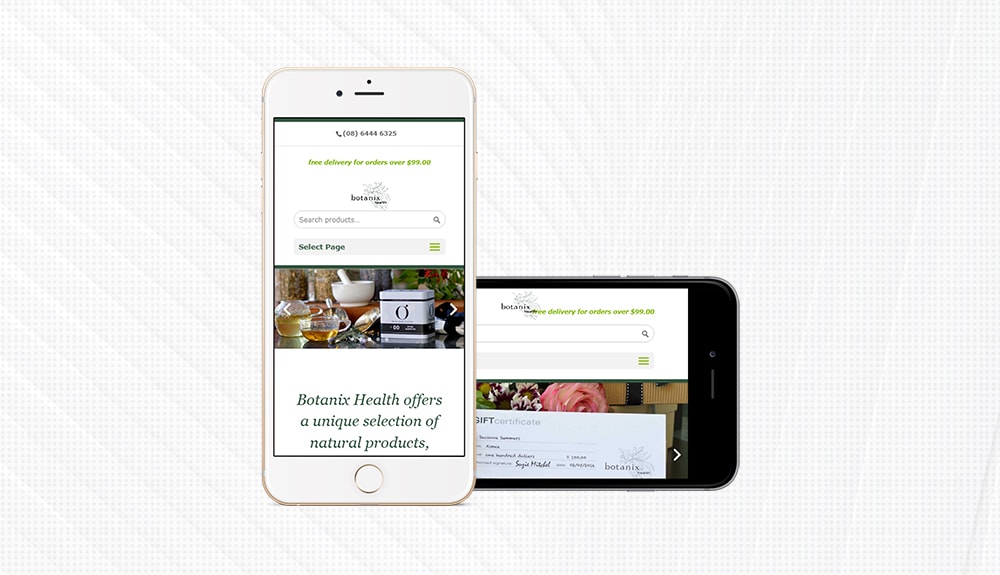Online Web Applications
Choose our dedicated team of Perth based developers for your online web application development.

Leverage the Web
A web application is an application that works within a web browser such as Chrome, Firefox, Safari or Internet Explorer. Many businesses leverage the power of web applications to power the internal functions of their business or to provide a service to their market.
Web applications can be versatile, functional and most importantly automate your business processes and improve efficiency.
How Web Applications Work
Collaboration
A combination of server-side scripts (PHP and ASP) enables web applications to handle storing and retrieving information. Client-side scripts (JavaScript and HTML) then present users with the information.
Once enabled users can interact with the company through things like online forms, content management systems, and shopping carts. Additionally, these applications allow the business’ employees create documents, share information, and collaborate on projects or documents regardless of their location or the device they’re using.
Coding
Browser-supported languages including JavaScript and HTML are used for coding web applications. This is because these languages rely on the browser to execute the program. Some of these are dynamic applications that require server-side processing while others are static and don’t require any processing from the server.
The web application has a few requirements including:
- A web server to manage the client’s requests
- An application server to perform the tasks
- A database for storing the information
Working with PWS was an amazing experience. The regular communication ensured that the result we got was everything we were after.
A Typical Web Application Workflow:
Types of Web Applications
There are many types of web applications including:
- Online forms
- Shopping carts
- Word processors
- Spreadsheets
- Video and photo editing
- File conversion and scanning
- Email programs including Gmail, Yahoo and AOL
- Applications such as Google Apps (including email, docs, sheets, slides, and online storage) and Microsoft 365
- Sharing documents and calendars
Benefits of Web Applications
- Regardless of what OS or device you use, there are many benefits to using web applications, including:
- Everyone accesses the same version so there aren’t any compatibility issues
- Since they’re not installed on your hard drive you won’t have any space limitations
- Software piracy in subscription-based web applications (i.e. SaaS) is reduced
- Both the business and the end user pay less
Speak to us Today to See How a Web Application Can Assist Your Business
